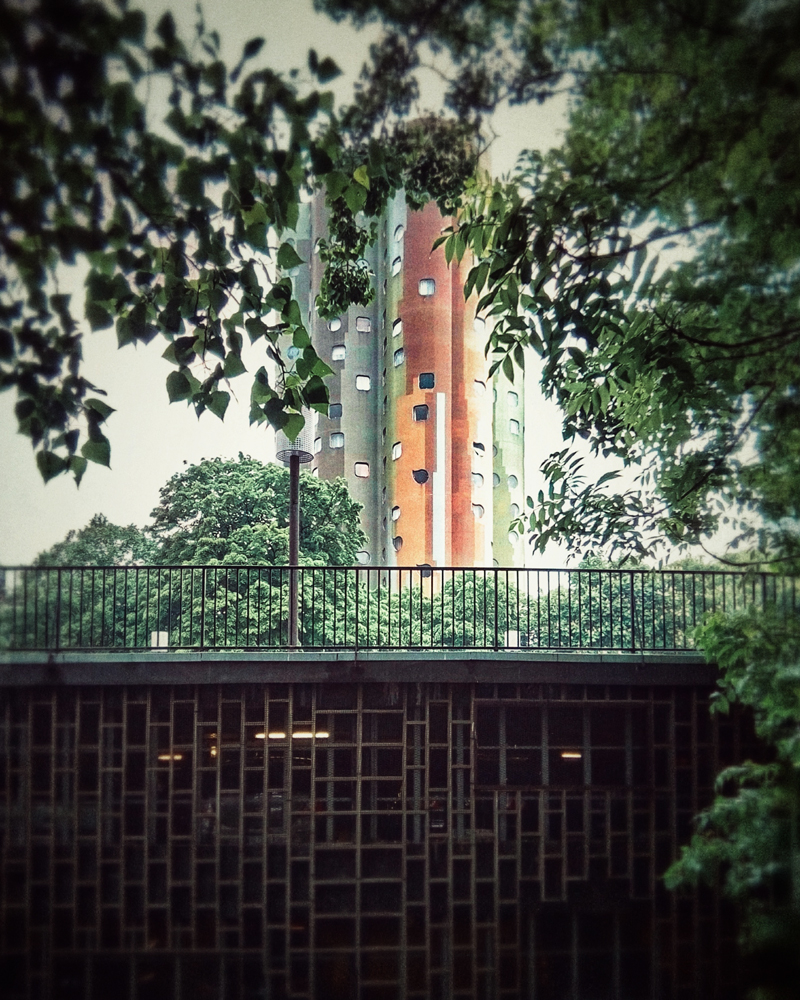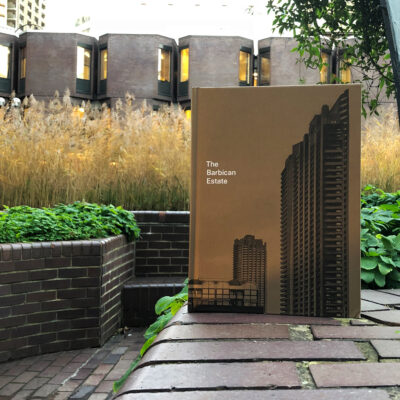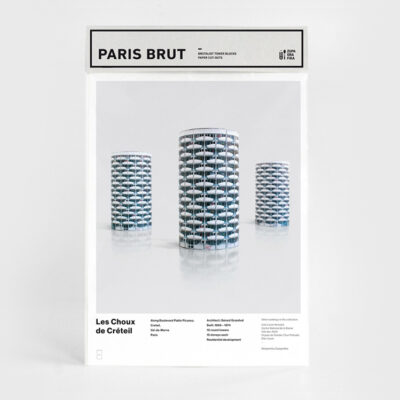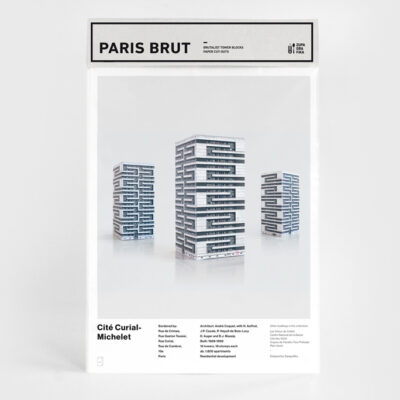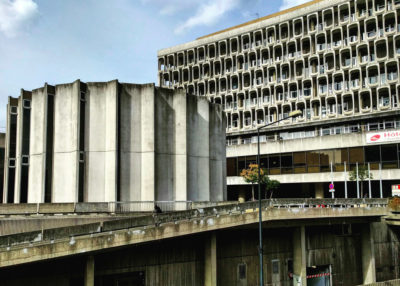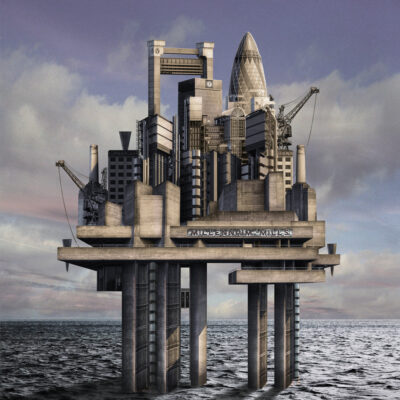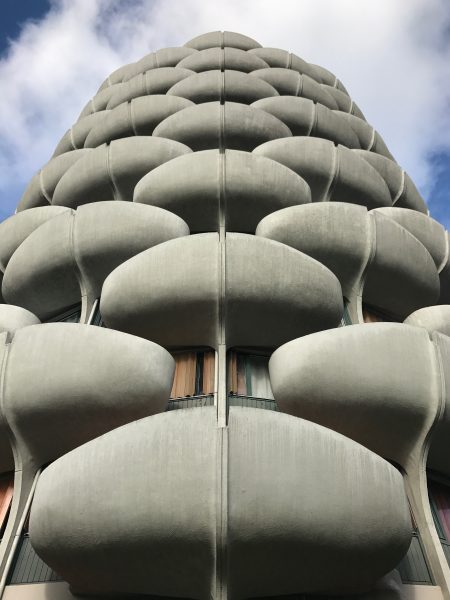Nanterre’s Tours Nuages, the Cloud Towers
Tours Nuages is among the most original pieces of architecture built during the Trente Glorieuses. But it’s in hypermarginalised Nanterre.
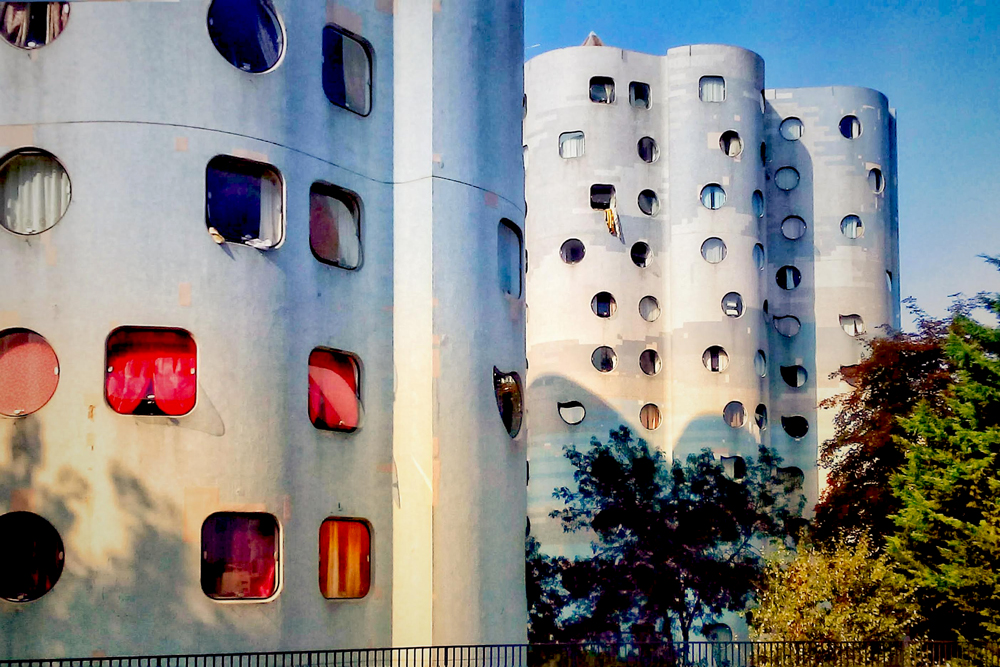
Nanterre is home to the Parc André Malraux where landscape architect Jacques Sgard used found materials from the local shipyard to create reliefs surrounded by an abundance of striking modern buildings such as the Préfecture des Hauts-de-Seine (architect André Wogenscky), which has a ‘protected’ status, the Town Hall, the Theatre des Amandiers (architect Jean Darras), the Foyer Maurice Ravel and the former School of Architecture (architect Jacques Kalisz).
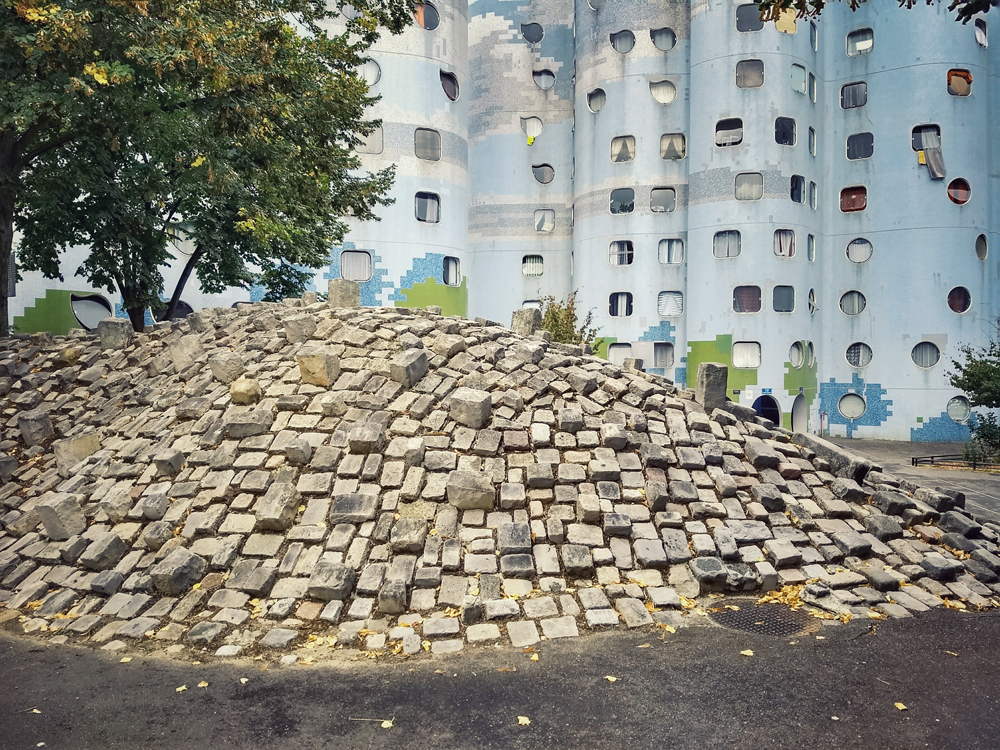
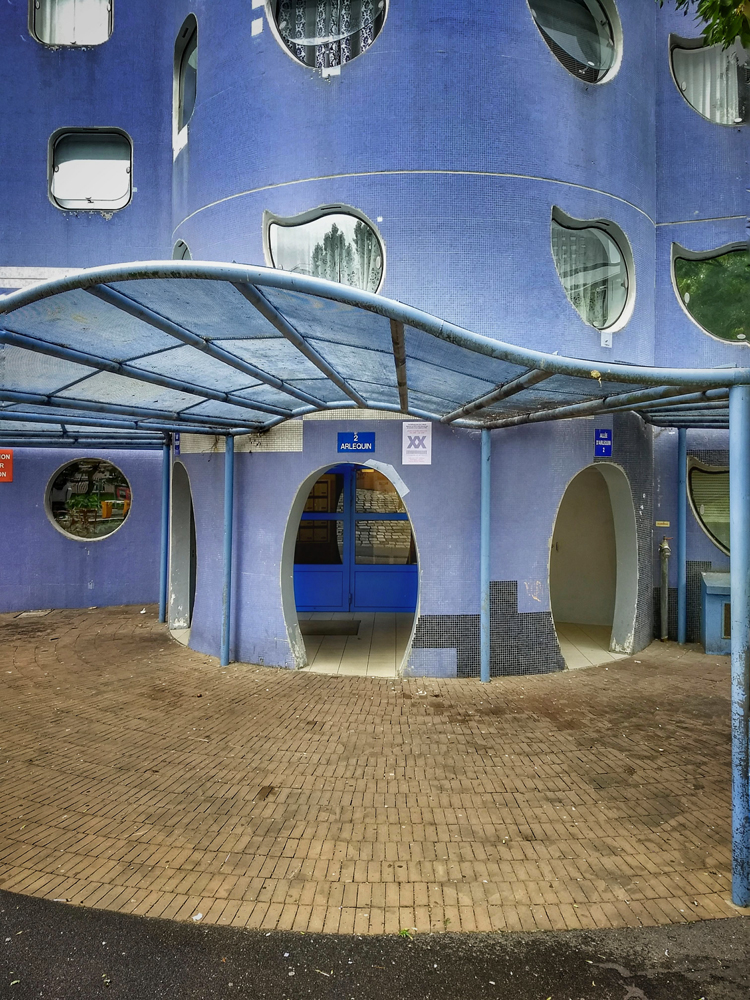
Trente Glorieuses
One of Nanterre’s most original designs is a poetic cluster of buildings, the Tours Nuages, which best translates as cloud towers, a nod to their shape and design. This social housing complex was built between 1974 and 1981 by Émile Aillaud, with the artist (and Aillaud’s son-in-law), Fabio Rieti and sculptor (and Aillaud’s daughter) Laurence. It is among the most original pieces of architecture built during the “Trente Glorieuses”, the 30 years between 1945 and 1975 when the French economy revived and grew and the government built a large number of homes to solve the housing crisis. Beyond the Peripherique, as modern Paris sprawled outward, a series of suburbs were constructed or developed to house the poor, the immigrant the unemployed, the unwanted.
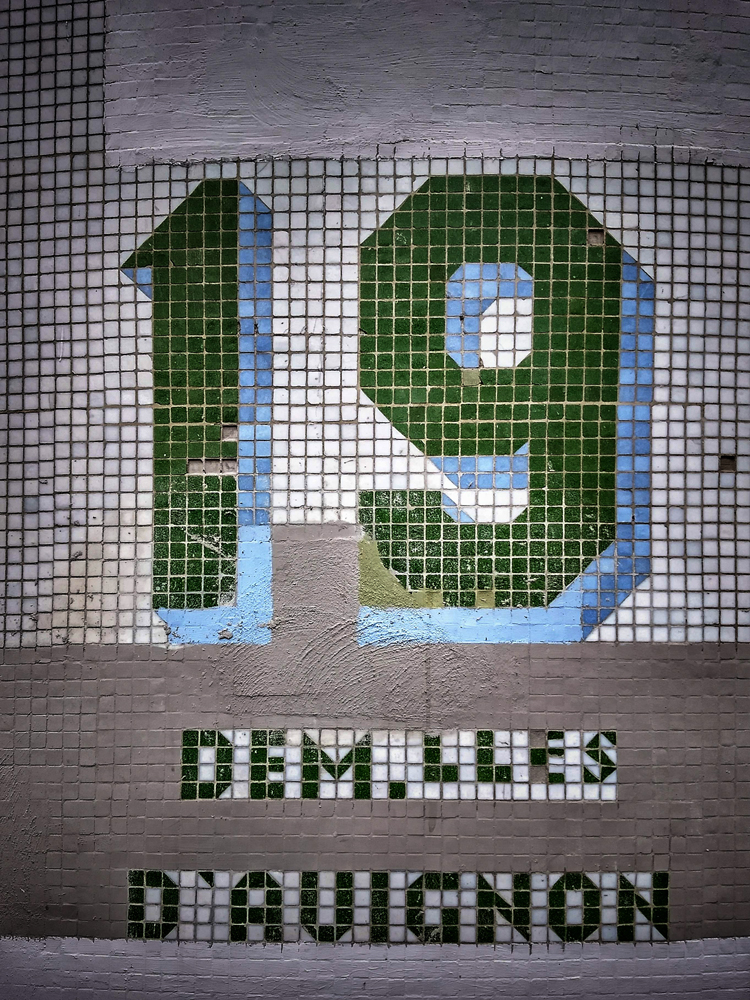
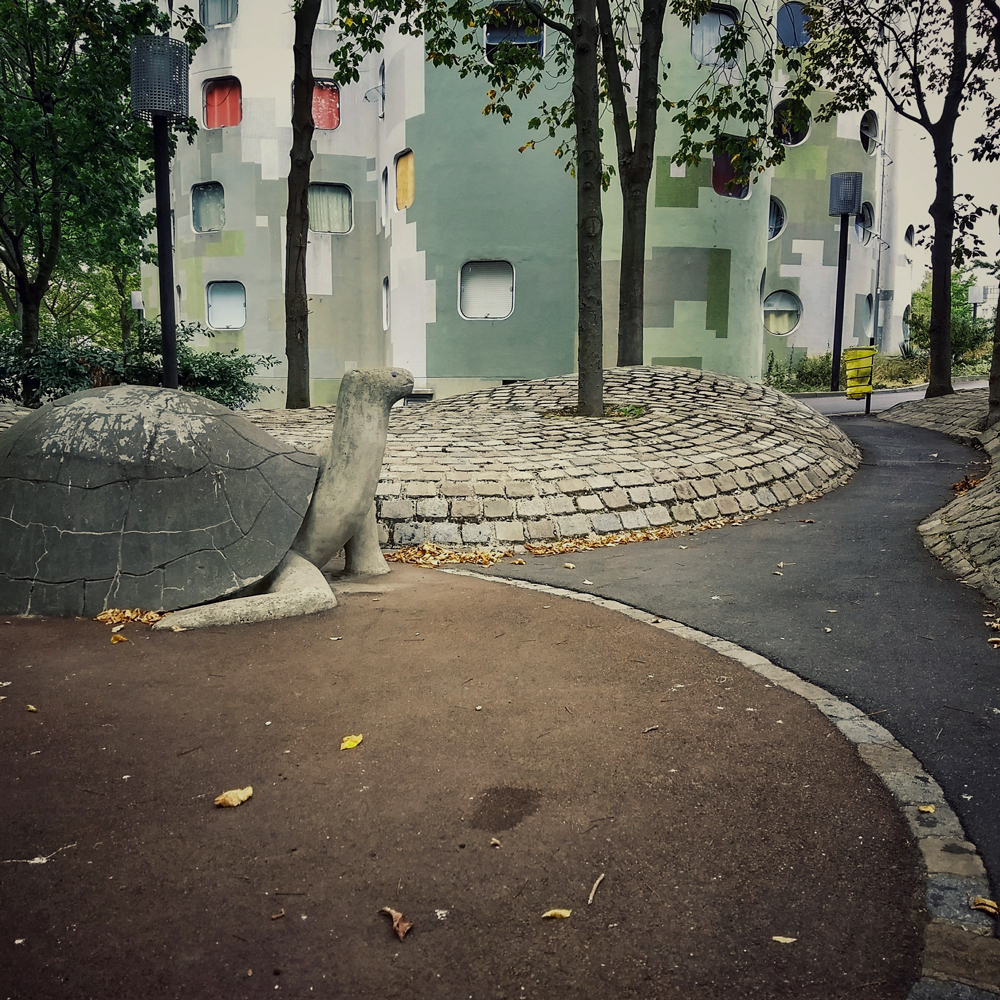
Made up of 18 towers, Tours Nuages, which are between nine and twenty storeys high, arise from a dreamlike outdoor space; the landscape architecture of benches dotted along paved paths, and a number of trees planted in proportion to the numbers of homes (one for each apartment). The ground levels vary to give a sense of space and shape and the site is dotted with sculptures and children’s play areas. The major attraction is the snake, a giant sculpture built on top of the underground parking.
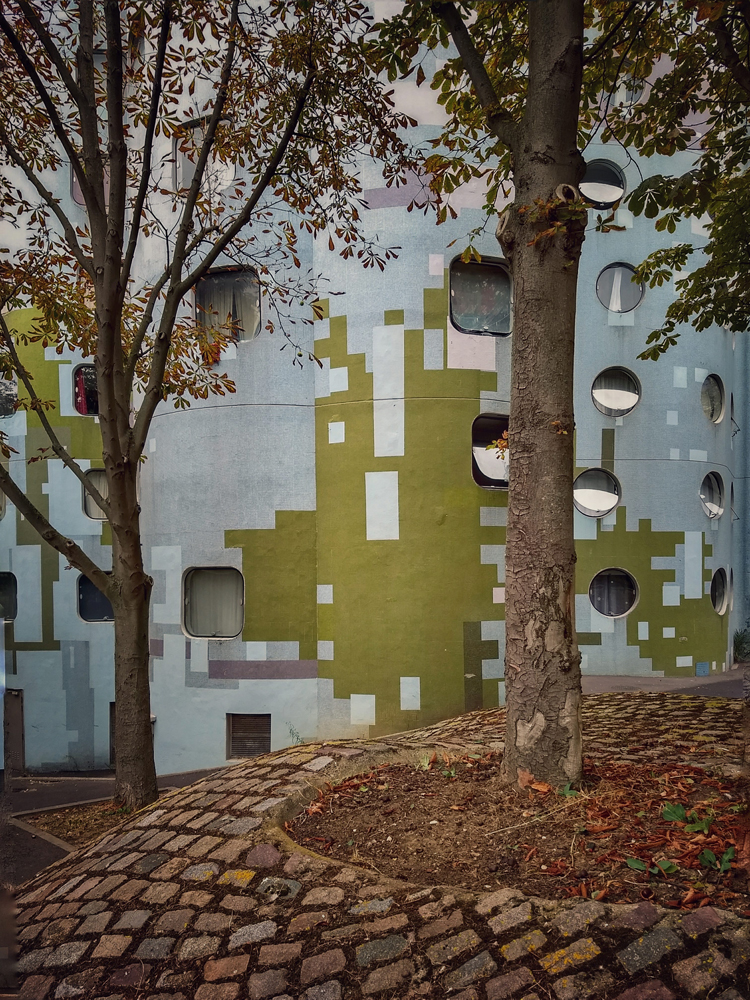
The facades of the towers are striking and unusual, highlighted coloured mosaics. Huge windows come in three distinct shapes: circle, rounded-corner square or water drop.
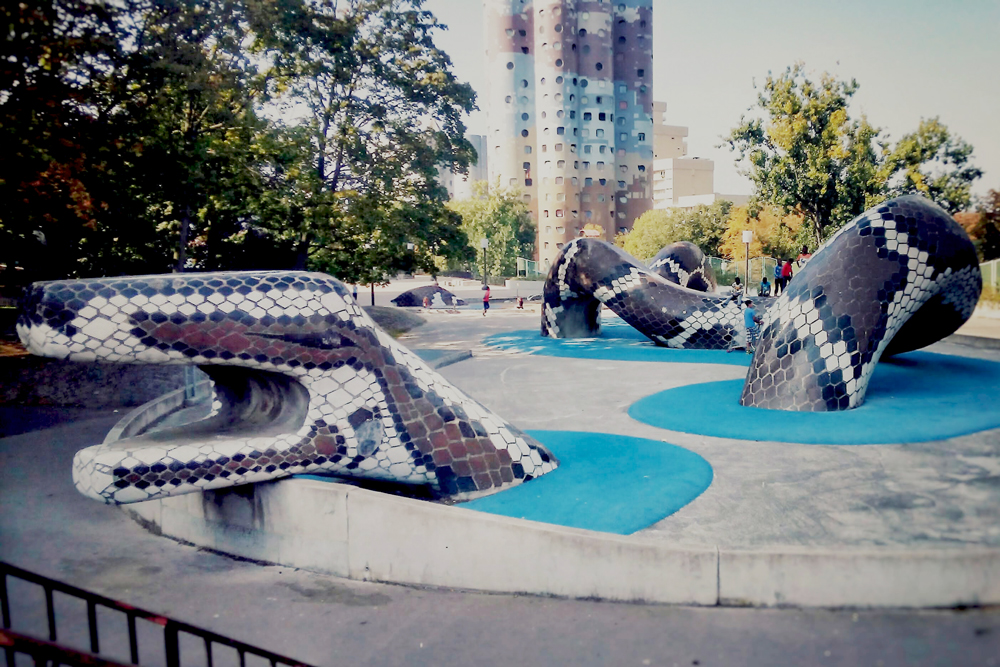
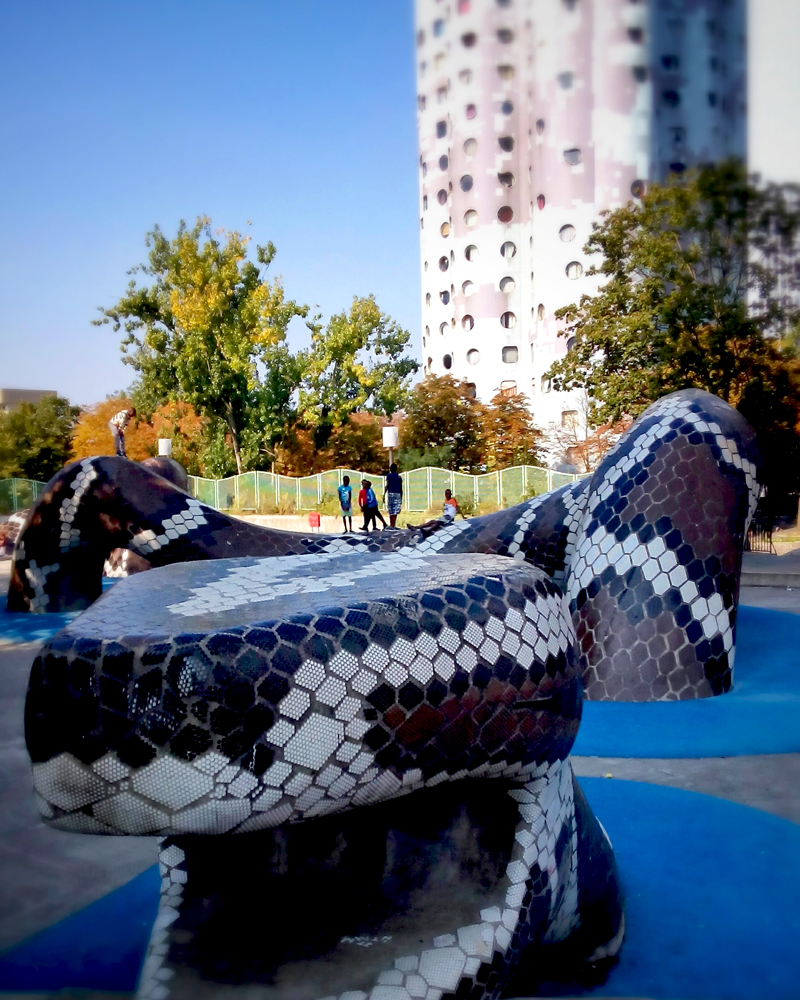
Brilliant design isn’t enough
That the design is unconventional is not exclusive to the Tours Nuages: most of Émile Aillaud’s other housing complexes are equally unconventional such as les Courtillières in Pantin, le Wiesberg in Forbach or la Grande Borne in Grigny. Curves, colours, greenery, public art and playspaces are used imaginatively. So much thoughtful invention and artistry went into the architecture but that is simply not enough to overcome the social and economic disadvantages of the Banlieues. As we’ve seen so often in social housing from Aylesbury Estate to Pruitt Igoe, architecture, however brilliant it might be, isn’t enough to tackle deep societal problems. Concentrating long marginalised groups into even the most beautiful developments is going to waste the advantages of the aesthetic if there is no route out of poverty, the pernicious racial discrimination, a lack of jobs or the hope of decent employment or education.
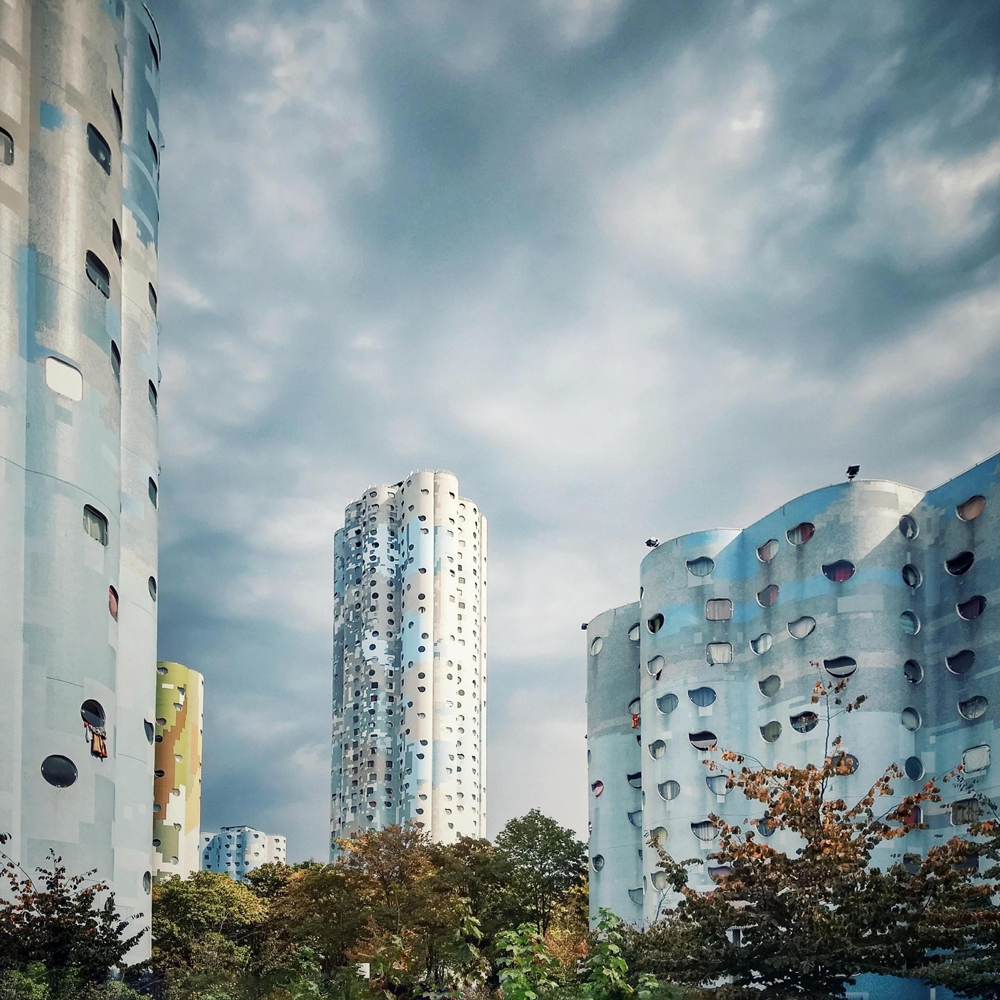
Today’s Challenge for the Towers
Today the cloud towers face changes and challenges that are only becoming more acute over time. A vast urban renewal project has been underway led by the city and the two landlords who own the towers. The project’s aim has been to renovate the estate. One aspect of this is to make it more energy-efficient, another aspect is to upgrade the overall image of the neighbourhood. The plan involves the demolition of one of the towers and six others have been earmarked for change of use. As at July 2023, the hopes of those projects look like they’ll be futile dreams themselves.
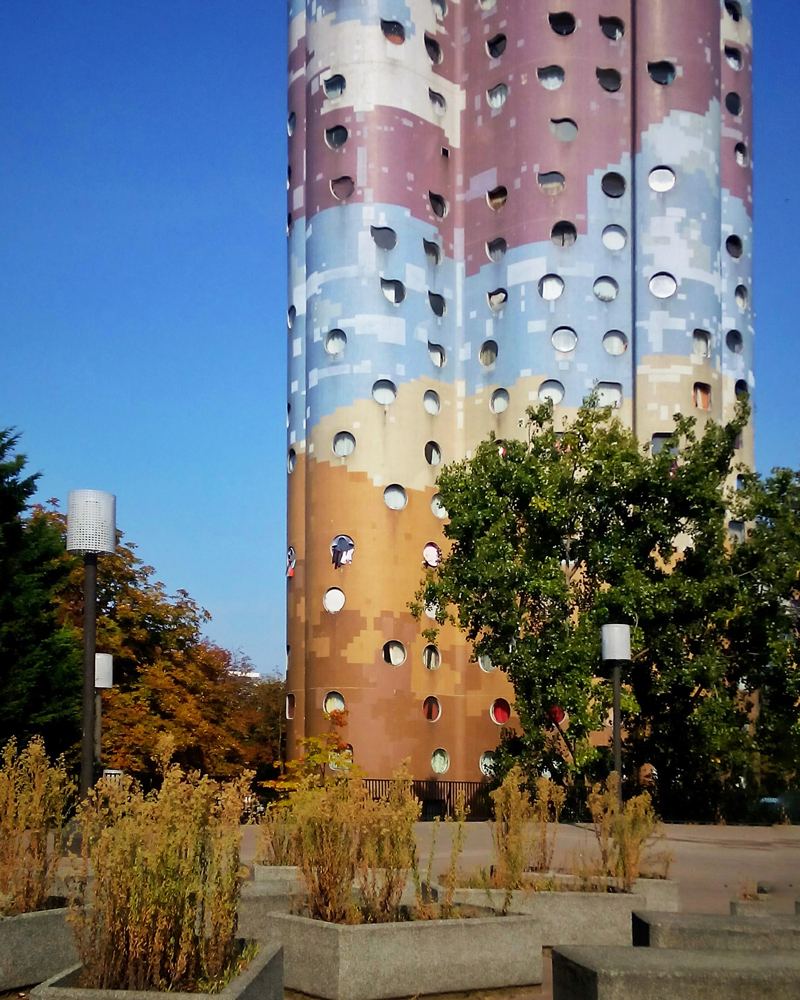
The La Défense Factor
The impact and long tentacles of being so close to La Défense have an effect. The owners and local government have seen the potential for transformation. Private investors were interested and circling. What will it take to make the Cloud Towers, once renovated (and they sure need to be given a great deal of care and attention, which they have so far lacked), into a community? Undoubtedly it will take a lot more than repair and renovation, spending the money to maintain that wasn’t spent for so long.
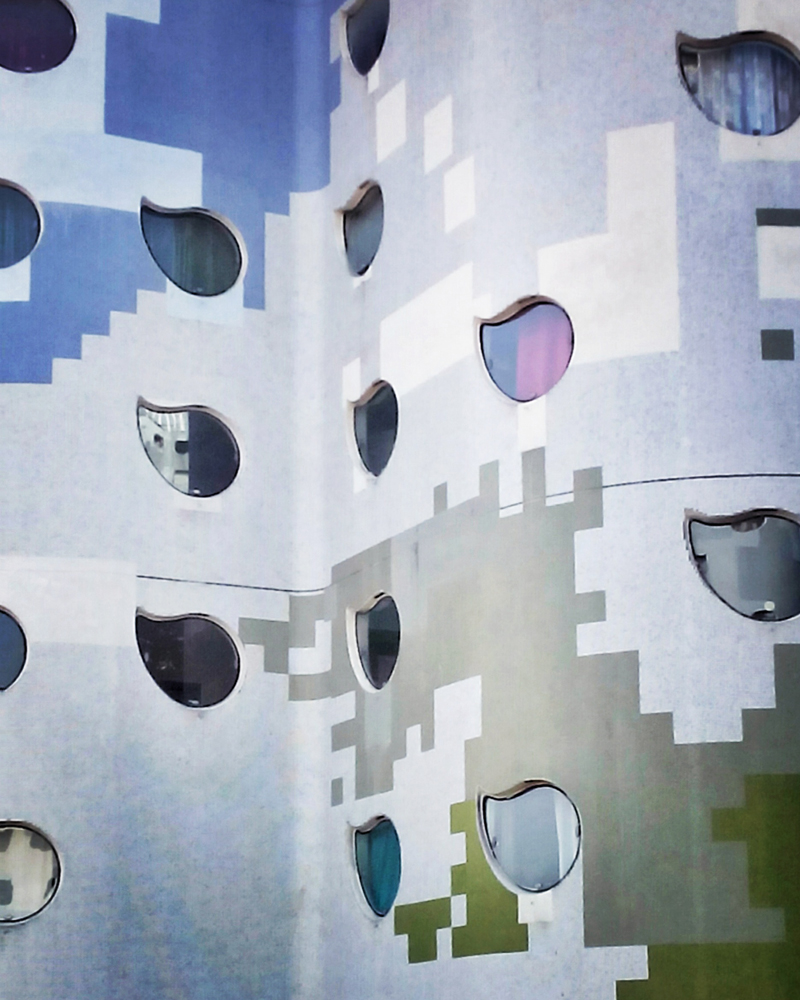
What now for the plans?
The French Ministry of culture in 2008 certified the “remarkable contemporary architecture”. Nanterre should have enormous potential; but spending money on the repair and improvement of the buildings won’t begin to solve its problems. Over two days of rioting in Liverpool’s deprived Toxteth in 1981, an area already slated for regeneration investment, 468 police officer were injured, 500 arrested and 70 buildings so damaged by fire they had to be demolished. The immediate trigger for the disorder was the arrest of a young black man but the causes were the familiar poisonous cocktail of economic deprivation, a lack of opportunity for a decent life and discriminatory policing. The UK government responded and 40 years later Toxteth and the wider city have been transformed. Liverpool still has problems, like any large city, of course, and Toxteth, too, continues to have a reputation for crime but it is also seen as an area of gentrification. Good homes, properly maintained along with opportunities its and policies designed to achieve equity along with involvement of the community can work, if given time.
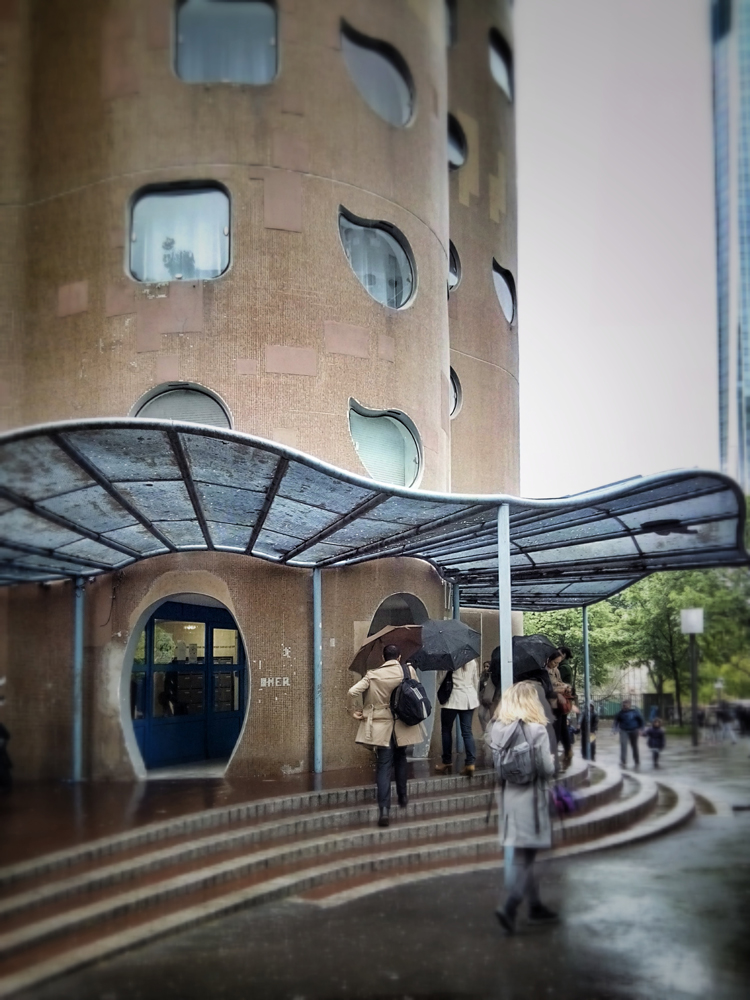
Appreciate this special architecture and the fantastic sight it provides to onlookers but draw the lessons of tragic errors of policy and common societal ills.
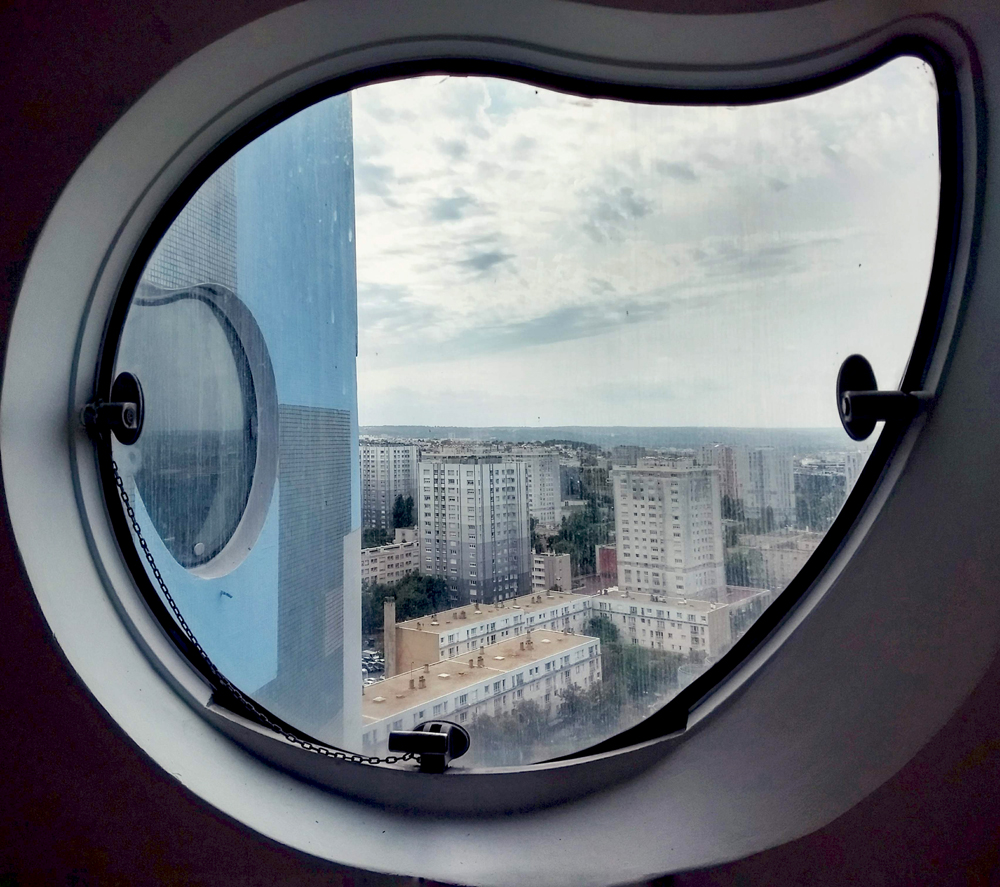
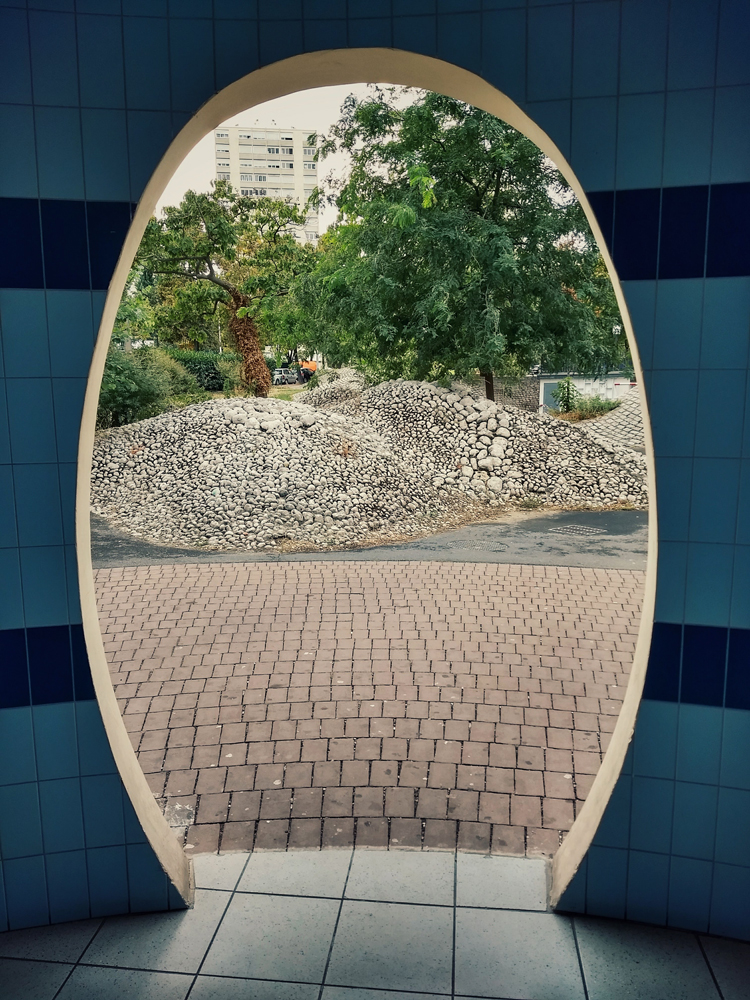
Tours Nuages Nanterre Image Sophie Masse
All images the Copyright of Sophie Masse
Find Sophie on Instagram at www.Instagram.com/ultrarchitecte/




